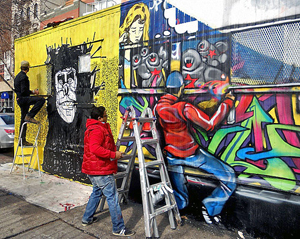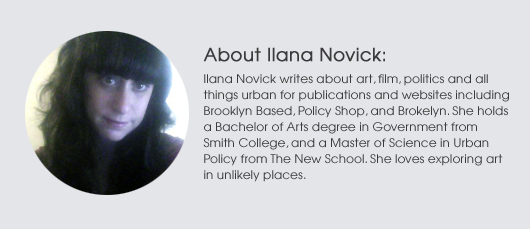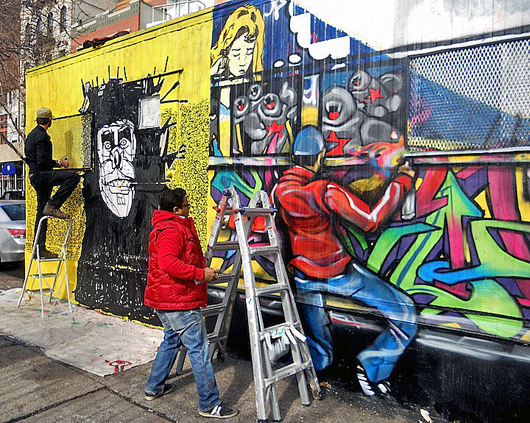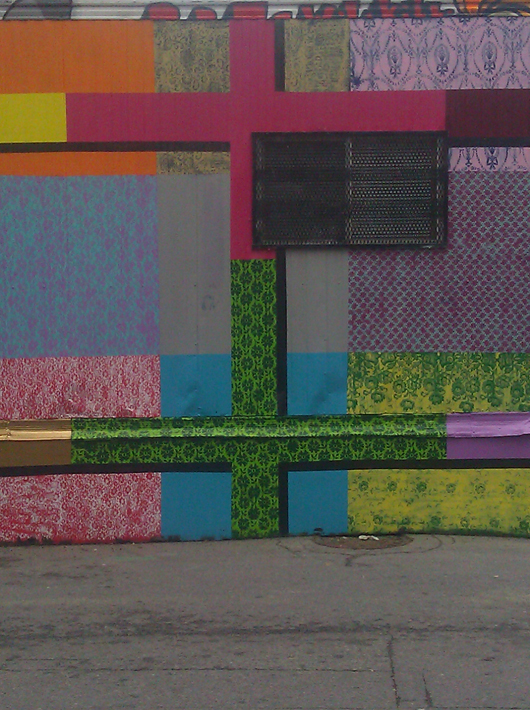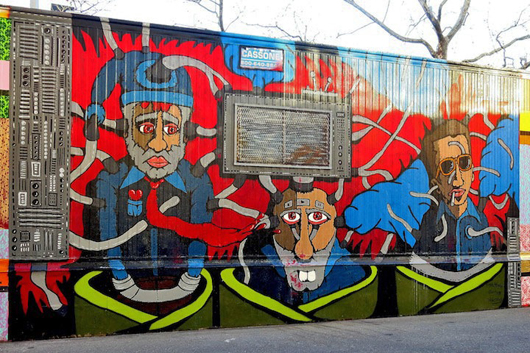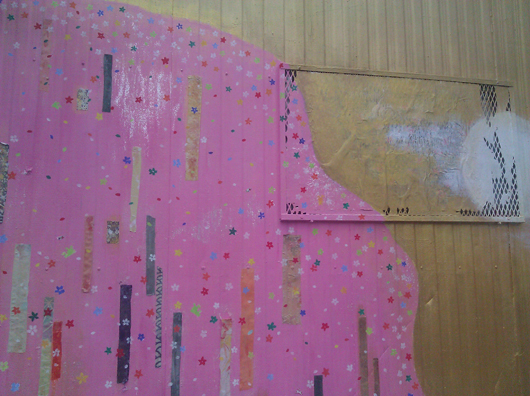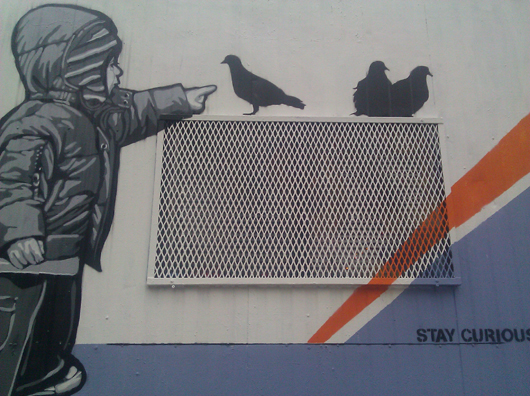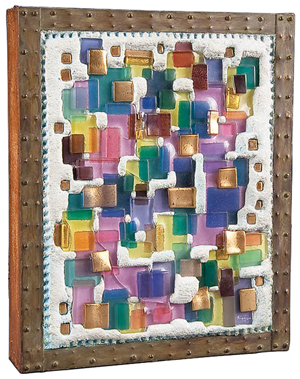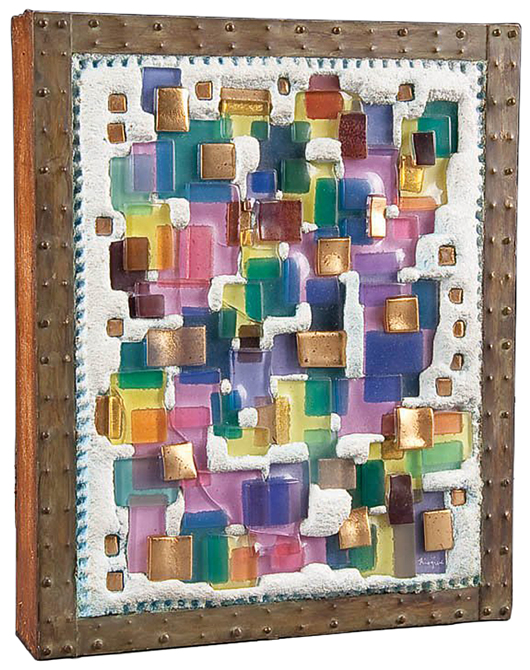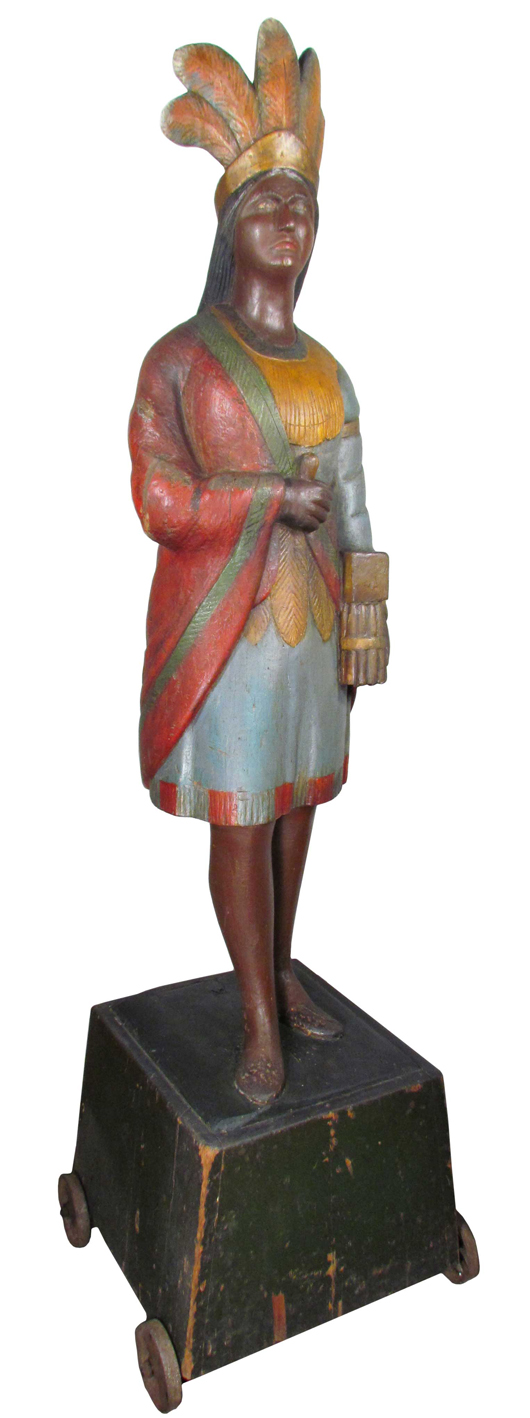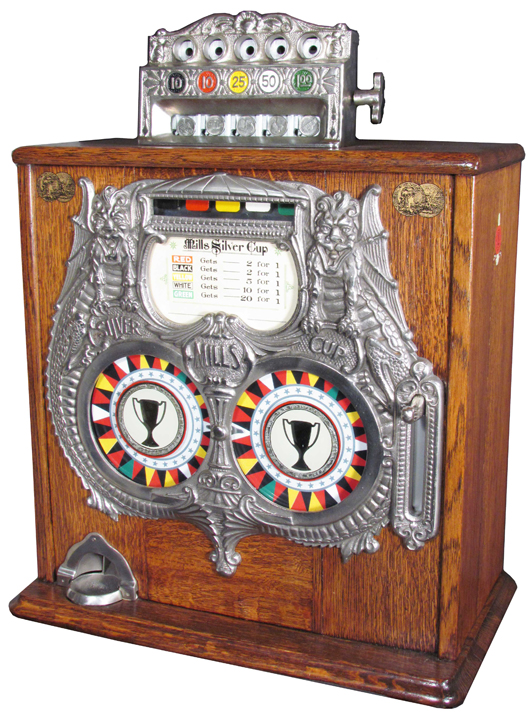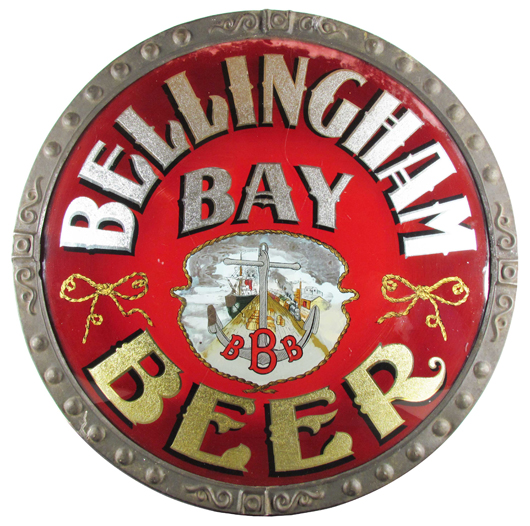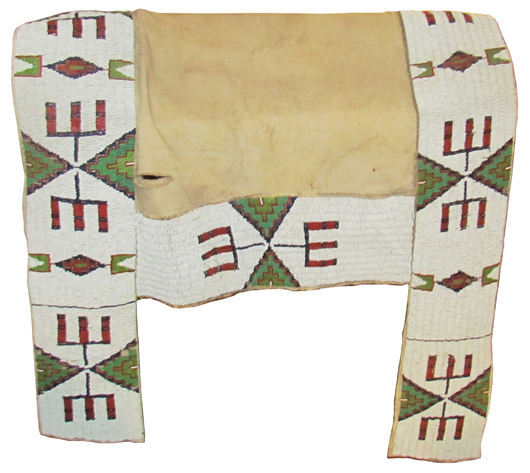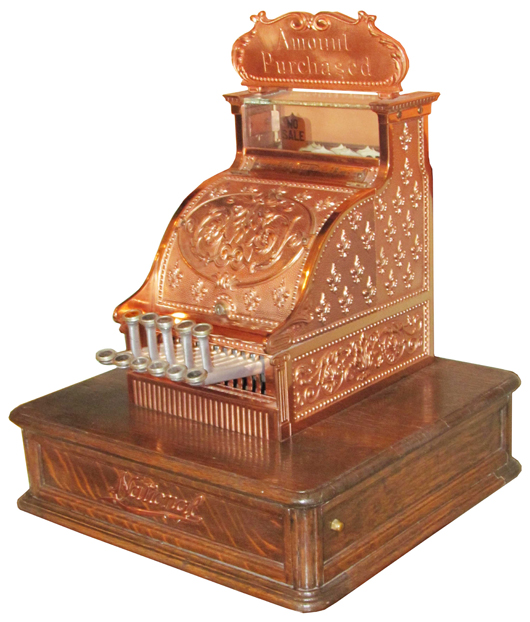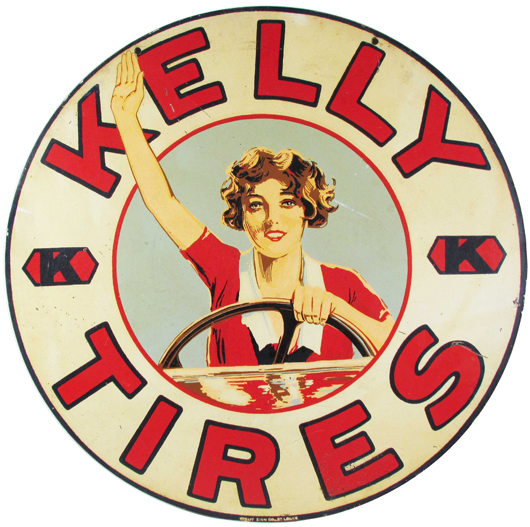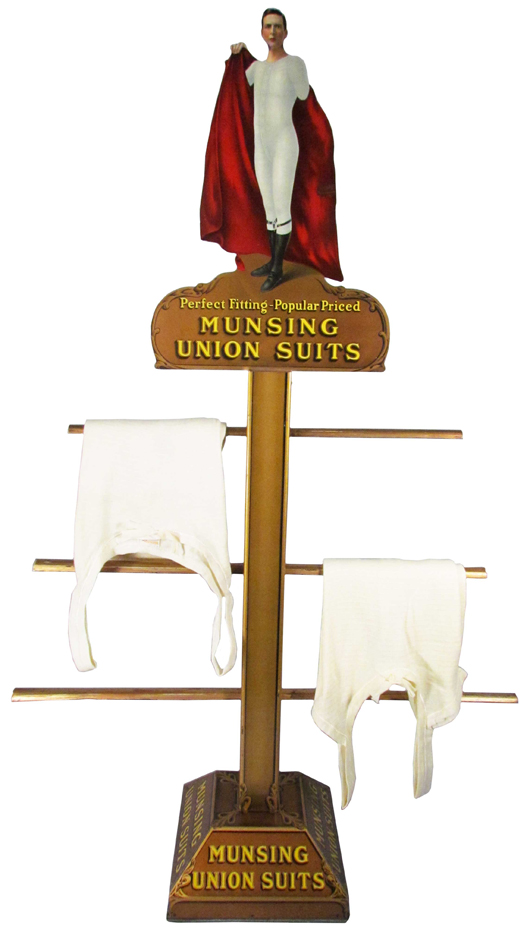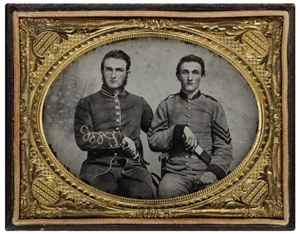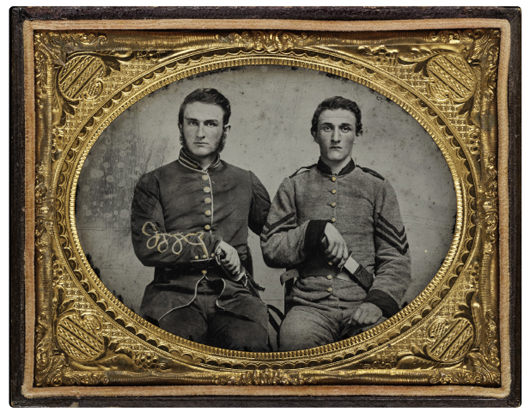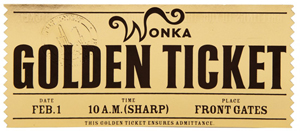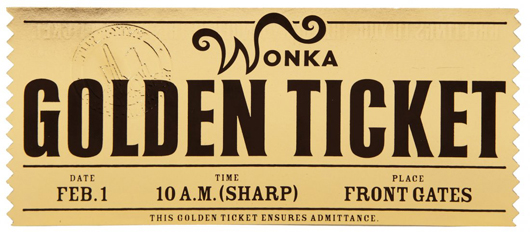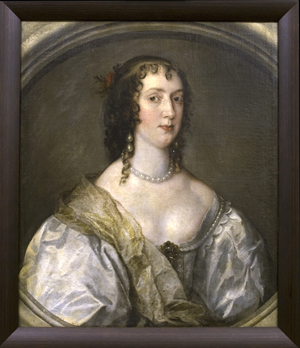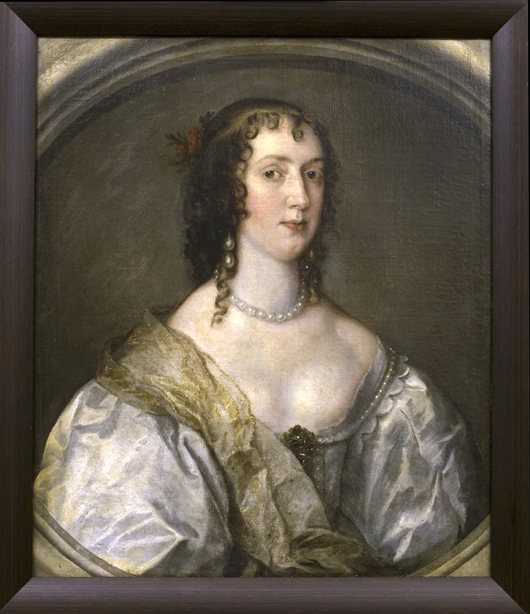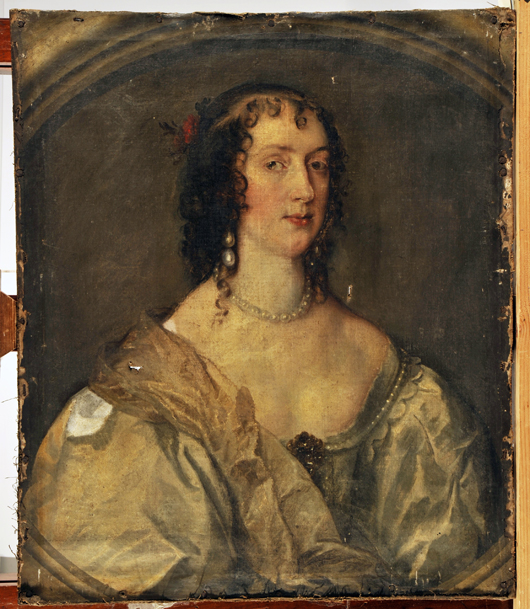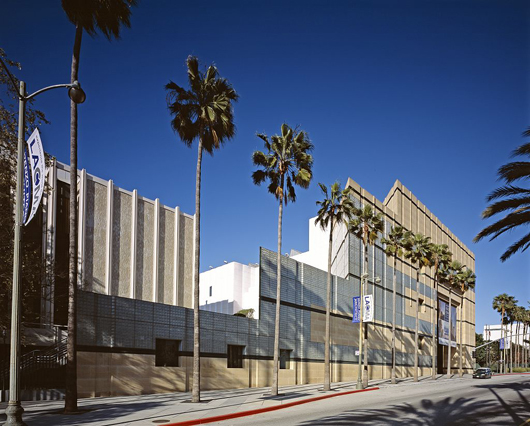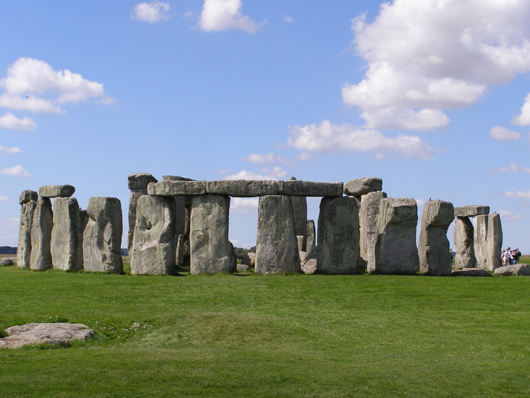
‘Mandarin Ducks in Lotus Pond’ by Xu Chongsi, Northern Song Dynasty. Estimate upon request. Image courtesy of Gianguan Auctions. NEW YORK – Now celebrating its 10th year, Gianguan Auctions will open New York’s Spring Asia Week on Sunday, March 17, with a bi-lingual sale of fine Chinese paintings, ceramics, bronzes and works of art. LiveAucitoneers.com will provide Internet live bidding.
This auction comes on the heels of high-profile publicity in the international media regarding the opening of the Kwong Lam Museum in Guangdong Province and Kwong Lam’s gift of the Sai Yang Tang Collection of antiquities to the museum’s permanent collection. Kwong Lam is proprietor of Gianguan Auctions, a noted collector and respected authority on Chinese antiquities.
Opening the auction is a superb collection of Chinese paintings, with the highlight being Lot 19, Mandarin Ducks in Lotus Pond by Northern Song Dynasty painter Xu Chogsi. The ink-and color on paper bears one artist seal, Ten Emperors’ Seals and Twelve Collectors Seals. The exquisite painting carries the provenance of the Sai Yang Tang Collection. The estimate is by request.
Lot 32 is another exceptional hanging scroll from the Northern Song Dynasty. It is a landscape titled Rain on Mountains by Mi Fu. The monochromatic ink on paper is reminiscent of the 10th century landscapes currently on view at the Nelson-Atkins Museum in Kansas City. It is inscribed and signed, with one artist seal, Nine Emperors’ Seals and Eleven Collectors’ Seals. The provenance is the Sai Yang Tan Collection and, again, the estimate is on request.
Also at the top of the market is Chen Rong’s Dragon and Phoenix, Lot 24. The fiercely dramatic scene, an ink-on-paper, is inscribed and signed Suo Weng and Chen Heng. It bears one artist seal and Nine Collectors Seals and is estimated at $300,000-$400,000.
More accessible to younger collectors is a collection of contemporary scroll paintings. Contemporary Ink, as the category is known, is currently receiving widespread acclaim. It is characterized by new-wave artists working in the traditional manner, with brush, ink and paper.
Typical of the offerings in the upcoming sale is Lot 3, a colorful offering by Huang Yongu entitled Toasting. Its estimate is $4,000-$5,000.
From the afternoon session of Chinese ceramics, bronzes, carvings and works of art comes the day’s marquee item. It is an elaborate Qing Dynasty FamilleRose Butterfly vase of globular form. Its opulent purple ground is ornamented with colorful foliage and large butterflies. Gilt dragon-form handles and a gilt bud finial atop the cover add to its overall appeal. Of the period and bearing six Qianlong Character Marks, the 13 1/2-inch vase is lot 200. Its estimate is available on request.
Equally desirable is a rare copper-red Buddhist Prayer Tibetan Lanca character bowl. Encircling the center Lanca is a frieze of eight other Lancas. Also on the interior and the exterior are continuous bands of Lanca script while at the foot of the bowl there is a frieze of 10 more. Dating to the Ming Dynasty, the bowl carries the Xuande six-character double circle mark. It is Lot 205, estimated at $150,000-$200,000.
The collection of porcelains features properties for every taste and at every level from $1,000 upwards. Among the mid-range items is a pair of rare Yaozhou Celadon Chrysanthemum molded conical bowls, of the Northern Song dynasty. Carved with a central flower surrounded by stylized chrysanthemum scrolls beneath a wave band, the pair has a deep olive green glaze. The pair is Lot 253, estimated at $40,000 or better.
Meanwhile, the popularity of carved jades is highly visible in the Gianguan Auctions sale. From the Warring States Period is a white jade Tripod Ding with Mythical Beast Head spout. Of compressed globular form, the ding is supported on three tubular legs and has squared, upright handles. The form terminates in a beast head with open mouth. About 4 1/2 inches tall and 6 inches long, it is positioned at Lot 173 and carries a presale estimate of $15,000-$20,000. Also from the Warring States Period are three jade plaques and a classic bi.
Antique and decorative carved jades include Lot 273, an intricately carved white jadeite figure of Hehe Exrian with a child by his side. In one hand the figure holds a lotus stalk and there is a box releasing a Lingzhi supporting a bat. The exceptionally white jade has even white tone throughout and carries an estimate of $20,000-$30,000.
Meanwhile, Lot 274, an auspicious figural group of Shoulao, the god of longevity, with children and goat, is carved from greenish-white jade softly polished. Shoulao carries a ruyi stalk and holds a dragon staff as the children clamor with peach and sprigs of lingzhi. The catalog estimate is $20,000-$30,000.
A Qing Dynasty Hetian Jade Lion and Cub figural group is both dramatic and intricate. The lion holds the long tassel of a pierced ball between his clenched teeth as the cub clamors by his side. Detailing includes the prominent main, spiral eyebrows and curled fur. Of the period, it is Lot 281, estimated at $30,000-$50,000.
A collection of carved jade Guanyins hold exceptional appeal. Lot 282 is a finely carved jadeite Guanyin in a rock grotto with an acolyte boy seated on a lotus pad. The Guanyin figure holds a lingzhi sprig. Carved of white jade, the group should fetch between $15,000-$20,000.
Another Guanyin, Lot 262, of exceptionally white stone with even tone, features the figure reading a book and holding a whisk while a child acolyte is by her side. The reticulated carving portrays a flame halo that conveys the illusion of divine light. The commanding jade sculpture is estimated at $6,000-$8,000.
Lot 263 provides a stylized depiction of Guanyin with halo. Spare in its form, the carving portrays the figure seated with one knee drawn up and stepping on a lotus pad. She holds a ruyi stalk and has downcast eyes. With some inclusions, the estimate on the modernistic jade interpretation is $6,000-$8,000.
An outstanding cloisonné Meiping with windows of flaming dragons takes the podium at Lot 308. Of baluster form, it is flanked by ruyi heads with intricately enameled dragons and scrolls set against a yellow ground. Of the Qing Dynasty, it bears the Qianlong six character impressed mark and is estimated at $20,000-$30,000.
The live auction is scheduled to begin at 11 a.m. EDT.
For condition reports, call the gallery at 212-867-7288.
View the fully illustrated catalog and sign up to bid absentee or live via the Internet at www.LiveAuctioneers.com.
ADDITIONAL LOTS OF NOTE
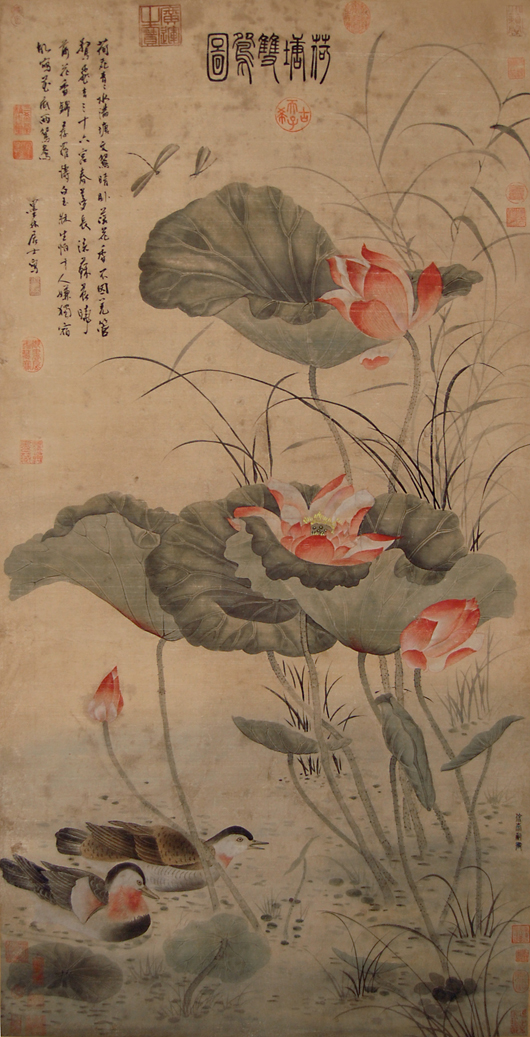
‘Mandarin Ducks in Lotus Pond’ by Xu Chongsi, Northern Song Dynasty. Estimate upon request. Image courtesy of Gianguan Auctions. 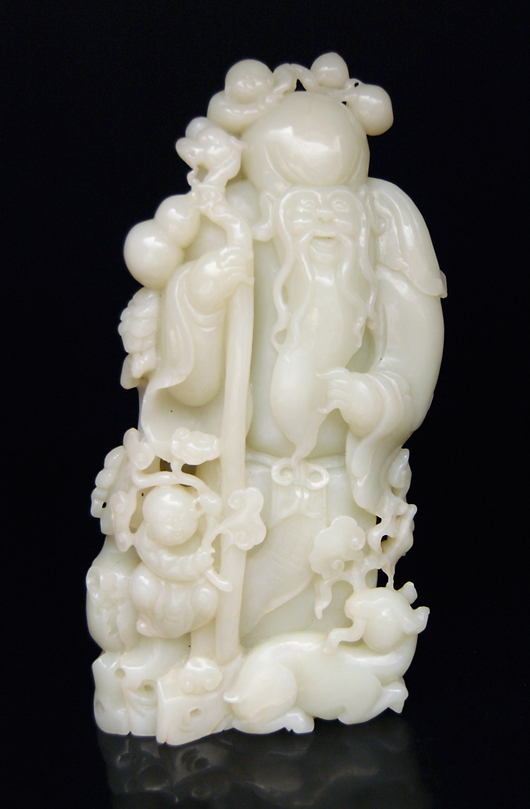
Shoulao, the god of Longevity, is shown on rockwork with children and a goat. The grouping is carved of pale-greenish white jade. Height 9 3/4 inches Estimate: $20,000-$30,000. Image courtesy of Gianguan Auctions. 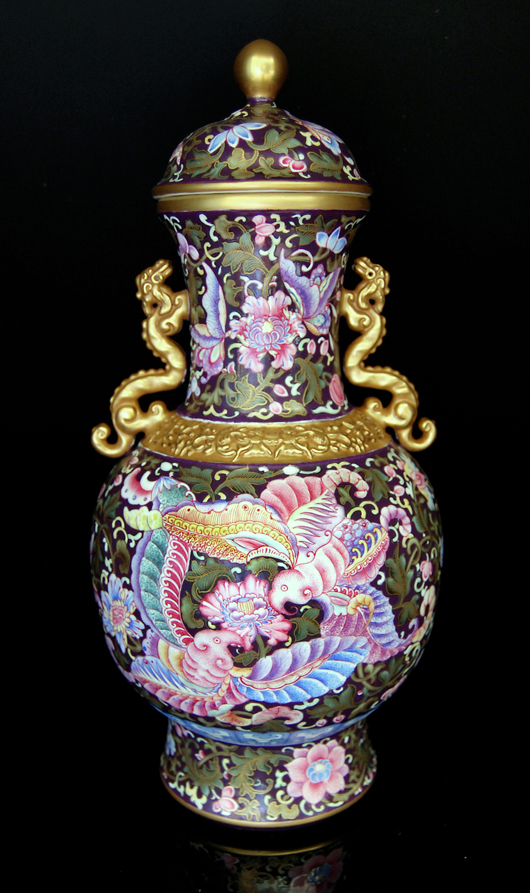
The prize porcelain in Gianguan Auctions Spring Asia Week sale is this Famille Rose enameled gilt painted butterfly vase. It is of the Qing Dynasty period and bears the six-character Qianlong mark. Image courtesy of Gianguan Auctions. 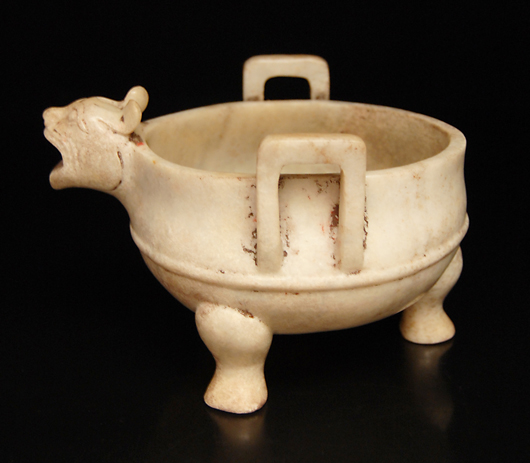
This archaistic jade tripod Ding is of the Warring States period. Height 4 1/2 inches. Estimate: $15,000-$20,000. Image courtesy of Gianguan Auctions.


